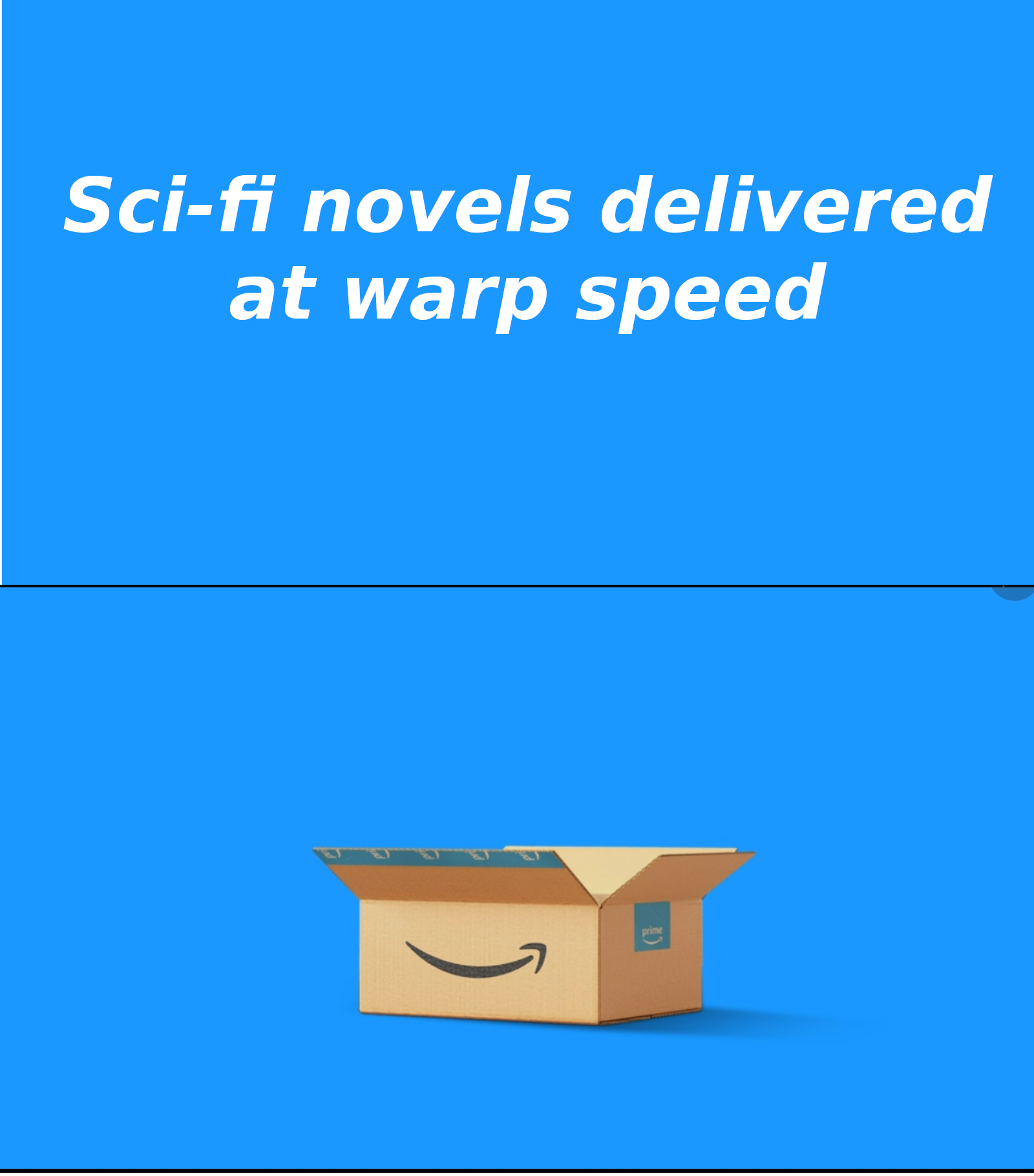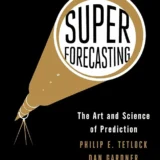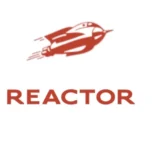Editor’s Note: When we first saw Amazon’s commercial that threatened to annihilate science fiction Fandom, we knew there was only one person to ask who could put the math and science into its proper perspective: Ken Burnside of Ad Astra Games, publisher of tactical space games based on real physics. Ken has graciously risen to the challenge.
***
Six words that deliver an astonishing amount of calamity. It’s as if Ed Hamilton were challenged by Ernest Hemingway to end the world with the greatest concision possible.
Warp Factor 1 is c. Warp Factor 2 is c times eight. Warp Factor 3 is twenty-seven times c, and the progression only gets more terrifying from there.
An object impacting at the speed of light takes us straight to Einstein’s mass-energy equivalence. E=mc^2.
A typical paperback book weighs about 12 to 13 ounces. We’ll call that 340 grams.
E=340 * 299 792 458 m/sec^2 is the same as 0.34 kilograms times 89,875,517,873,681,76 meters per second. Conveniently, a single kilogram meter per second (also known as a Newton) is a Joule. If you’ll forgive some imprecision, 30,557,676,077,051,800 joules.
If you have trouble visualizing a kilogram meter per second as a unit of force, it’s the energy inherent to a 1 liter bottle of water taking a second to roll across a countertop.
When we look at devastating impacts, we use larger units than single Joules. A megajoule is a million joules. A ton of TNT is 4.2 times 10^12 joules. So, adding more imprecision, we divide by 4,200,000,000,000 and get 7,275 tons of TNT (or 7.275 kilotons) of TNT equivalent out of one paperback book delivered at Warp Factor 1.
This may cause some delivery issues – that’s roughly a block-buster bomb’s worth of kinetic energy; we’ll assume that Amazon has a way to keep the book readable after this degree of…excessive handling, and keep it from vaporizing as it travels through the atmosphere. Fortunately, fallout won’t be a concern from a purely kinetic impact.
However, it vastly understates the number of books an Amazing Stories reader buys in a given month.
I should point out that Amazon, cannily, does not specify what Warp Factor they deliver books at.
Warp 6 is roughly 216 times the speed of light, which, as a Newtonian kinetic energy conversion, is squared. Squaring 216 gives us a final multiplier 46,656x increase in devastation, or roughly 339,452.127 kilotons of TNT. Or 998.388 kilotons of yield per gram of parcel delivered. For ease of rounding, we’ll call that a megaton per gram delivered, and leave deriving the mass of the packaging as an exercise for the student.
“But what about Lorentz gamma?” I hear from someone in the back of the room.
Gamma is equal to 1 over 1 minus the square root of v^2/c^2
1^2 is 1, 216^2 is 46,656, so we end up with the square root of 1-46,656, which is the square root of -46656, which is an imaginary number. The simplification of a fraction with an imaginary denominator is simple: Your result is the imaginary denominator as a negative number.
Which means that if we use Lorentz gamma outside of the range of values it properly describes, we get a negative multiplier for the kinetic impact, and clearly, figuring out if that’s accurate will have to wait until we’ve got observational data to work from.
While it’s not entirely unreasonable to think of Amazon, the corporation, as one willing to deliver multi-megaton kinetic impacts as a means of book delivery, possibly in part of a plot to scour science fiction readers from the surface of the earth (and incidentally, scour technic civilization from the surface of the earth while we’re at it…), I think the threat of Amazon’s Warp Speed Delivery promise is much, much more subtle.
Nearly every mechanism by which you could send a book faster than light is also a causality violation, via Minkowski’s light cone thought exercise.
Amazon is clearly using warp speed book delivery to violate causality and rewrite copyright dates to avoid having works go into the public domain…
***
Editor’s after note: Below, a facsimile of the Amazon advertisement in question, as we have so far been unable to screen capture the actual ad. (It’s a short 15 second spot, delivered during game play. The first panel cuts to the second panel as it plays.)











